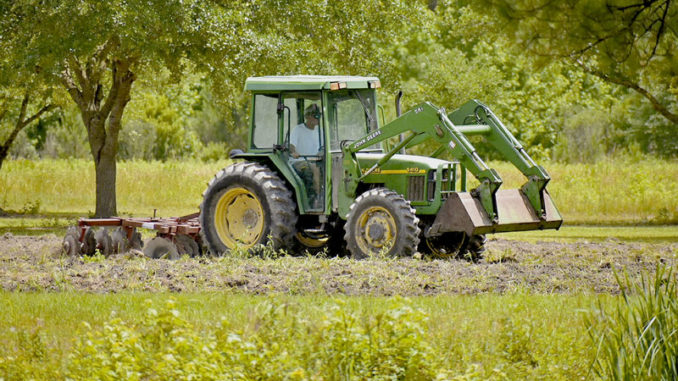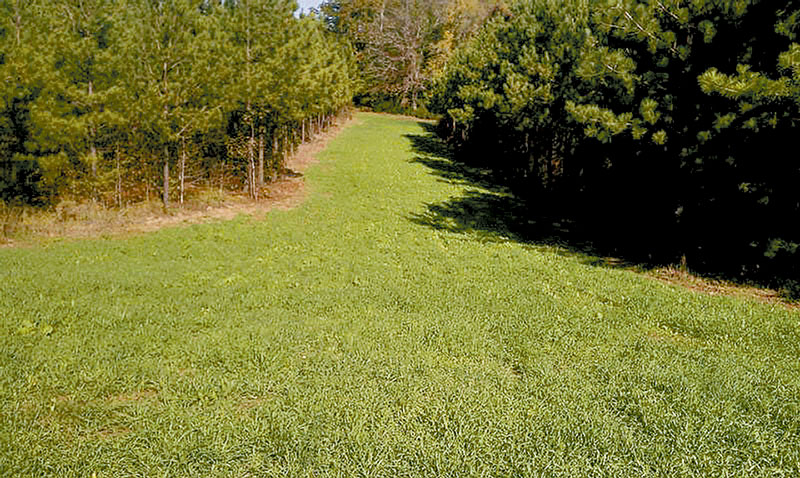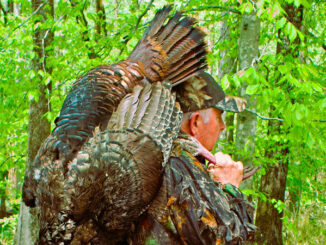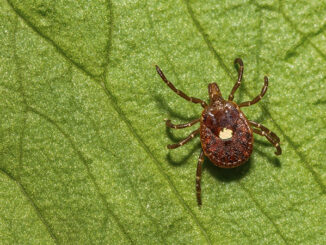
It’s time to plant food plots for early season hunting
The middle of the summer in the Carolinas is dead center of the hottest period of the year. But it can be an optimum time to take advantage of the conditions and get an early season food plot in production if timed out correctly and on the right site.
Sure, it’s hot and seemingly dusty dry this time of year. But young, developing plants can thrive if adequate moisture is present in the soil for them to utilize.
Daytime temperatures can spike into the upper 90s and sometimes into triple digits. As hot and dry as it seems, July is, ironically, the month that ranks the highest in measured rainfall. Of course, in the fall, during the peak of hurricane season, a named storm can dump 20 inches at one time. But climate data over the course of history can help a landowner understand when it could be beneficial to plant.
Rainfall is critically important for plants, especially during the early development period of growth. Young, tender plants can die quickly in the summer sun if not adequately moistened on a daily basis. Of course, high levels of rain are typically from thunderstorms instead of a steady rain event. In summer, some areas can get 3 inches at one time, while another region may not have received a drop. It can sometimes seem like the lottery with rainfall in summer. But the warm, summery conditions with regular rainfall are perfect for jump-starting an early season food plot into production.

Preferred forage
Deer generally have plenty of food available in the summer. But they will still gravitate to a food source that they prefer over something marginally palatable. Even though there is green stuff as far as the eye can see, the reality is that food options in summer are not always the best. Deer tend to be grazers and begin to eat stuff that lacks taste and nutritional value. But it is what is available, and they will eat what they can to survive.
Many hunters and landowners rarely consider food production in the summer because of the green landscape. Deer will continue to migrate to better food options any time of year. Prove it by dumping out a bag of yellow gold anywhere, anytime. Deer will eat corn in the middle of a peanut field without thinking twice. So a green landscape doesn’t always mean the best food options. With hunting season coming up soon, July and early August can be an ideal time to prepare something the deer like. While it may not ripen immediately when planted in July, the early deer season is right around the corner. A late-summer ripening can pull those bachelor groups in at just the right time.
In the agriculture belt, huge fields of tender soybeans and lavish peanut plants may be tough to pull deer away from, even if an ideal food plot is established. But the regions dominated with pine plantation and even hardwood ridges covered in acorn-producing oaks can be excellent areas to prepare a tasty food option for the early season. Oak ridges may be a buffet in the fall, but they don’t offer deer anything until the bounty is released from their branches. Areas with open grounds are ideal places to create a food plot for early season availability.
Location, location, location
Location is typically a crucial factor for establishing a food plot in more ways than one. Finding a place away from a current summer buffet of agricultural crops is the first step. Second, super sandy and dry sites aren’t going to be very forgiving to a planting in the middle of summer. Rainfall is at its highest, but it can also be spotty, and a super-dry site will not bring a good chance of success. Soil type can be a major mitigating factor when determining site suitability.
A summer food-plot site may be completely different than what is ideal for a fall and early spring planting. Well-drained sands are not going to be the best soils for summer food-plot establishment unless they are in the bottom of the landscape. Soils need to be able to retain moisture, and loams with a sufficient clay content will allow plants to utilize banked moisture from previous rain events. Sandy loams are acceptable, but a clay-sandy loam is by far the best soil for a summer planting.
Again, soil moisture is the key, and seeds that can be no-tilled are the best to retain as much moisture in the soil as possible. Seeds can also be planted in cut silage. The surface cover can provide shade and prevent moisture loss.
What are the best crops to plant in summer? This can be a little tricky unless you look at the primary objective. A mid-summer planting will be intended to attract deer for the early hunting season. For parts of South Carolina, this could be as early as Aug. 15, and the first half of September for the majority of the other parts of North Carolina and South Carolina, at least for bowhunters.
The best summer plantings are options that have minimum moisture requirements in the ground and from precipitation. Forage soybeans, Lablab and chicory are the top three that work well in the Southeast. These plants can and quite often should be planted as mixtures. Lablab should rarely be planted alone because it is a creeping vine that needs a host on which to grow. Lablab should be planted with either chicory or soybeans for the best results.





Be the first to comment